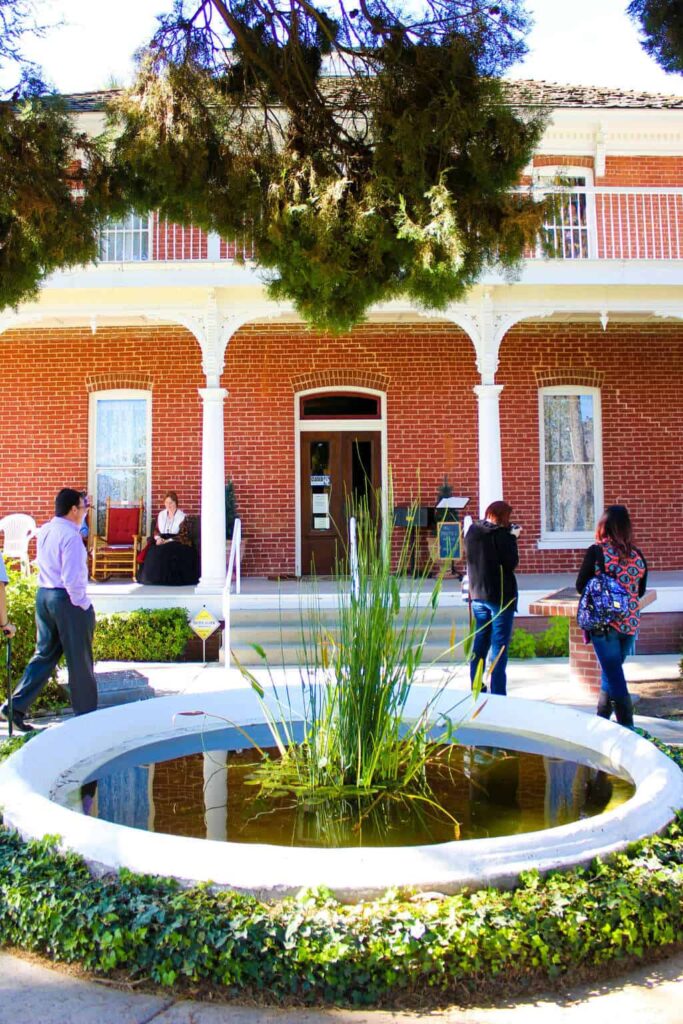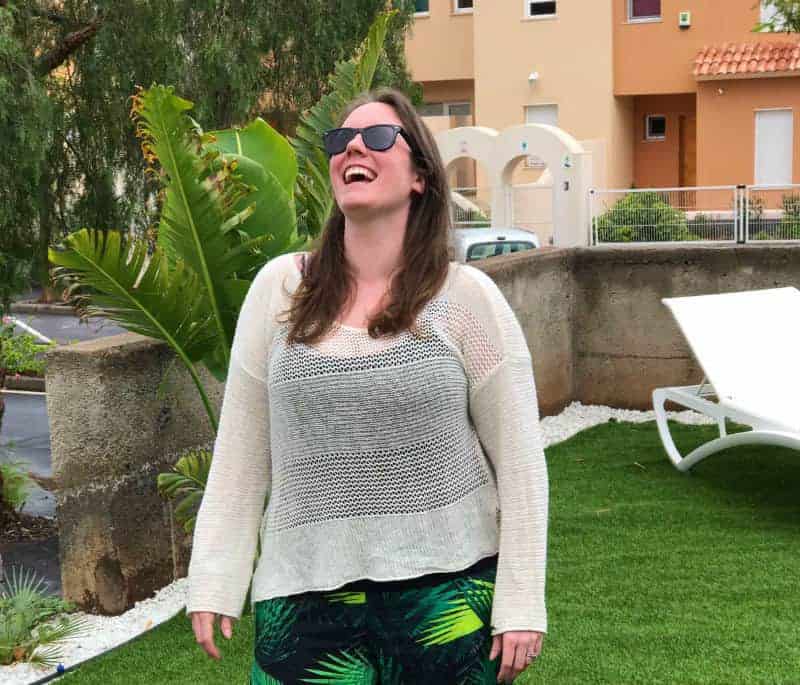Standing on the stairs inside the empty Ramona Bowl, shielding my eyes in the glaring sunlight, I felt an overwhelming sense of peace. Looking around at the inside of the amphitheater, I was awestruck by its beauty. Nestled in the hills above Hemet, California, layers of benches led down to the outdoor stage—which is actually just part of the hillside itself. The verdant grasses “onstage”, the rich blue of the sky above and the sprawling views of the valley below made quite the scene.

I don’t really believe that you can “feel” the history of place, but there is certainly an unexplainable air of magic at the Ramona Bowl.
Every spring, “Ramona” is performed on that nature-filled stage, telling the story of a mixed-race girl who faces racial discrimination. The book, written in the 1880s, was set in the San Jacinto Valley, an area with a rich history that involved Native American tribes, Spanish conquistadors and an abundance of agriculture. As the longest-running drama in American history, “Ramona” continues to draw crowds each April to this stunning arena.
It’s the perfect spot for you and your group to blend art with history: watch the critically acclaimed drama (the cast includes live horses!) then visit the Ramona museum and take in the beauty of the on-site cactus garden.
But it doesn’t end there. The Ramona Bowl isn’t the only place in the San Jacinto Valley that is ideal for group travel—or that highlights the vast history of the area. Explore Hemet and San Jacinto and you’ll surely find tales that give you a glimpse of the valley’s past.
Hemet’s Heritage
Aside from the Ramona Bowl’s museum (which, I must say, is a great one—imagine photos from every performance dating back to 1923, costumes and artifacts, and even an intricately-designed fresco) Hemet’s must-stop historical spot is the museum in the historical Hemet train depot.

Still situated next to the railroad tracks, the old depot tells of Hemet’s agricultural days. In the 19th century, the western side of town was flat, ideal for growing grains and potatoes, but the east was filled with fertile orchards. Olives, walnuts, apricots and citrus trees covered the land until their major water source—the Colorado River—was cut off. The museum is filled with black and white photos that take visitors through Hemet’s military heritage, and tools like typewriters and a telegraph revealed what residents used to work and communicate in the desert town.
Antiquity in San Jacinto
The neighboring town of San Jacinto, after which the valley is named, has an additional historical site that groups can tour. The Estudillo Mansion sits on the same property as the San Jacinto Museum, and each provide a distinct look at life in the area in the 20th century.
The Estudillo Mansion, all red brick and white columns, reminded me of a southern plantation house, with wide shaded porches perfect for relaxing and enjoying a summer breeze. Tall trees shaded the property’s shrubs and reflecting pools. A rose garden, some fruit trees and a barn sat on the outskirts of the property.
The mansion was easily the most opulent of its time so it’s no surprise that it was deemed a historical site. As volunteers led our group on a tour of the building, we saw the furniture, clothing and décor that was popular when Francisco Estudillo, Jr. had it built in the late 1880s. After it was taken over by the city more than 100 years later, they refurbished it, taking core samples from the walls in order to find the original paint colors in each room—a special touch that made it seem all the more authentic.
The tour took us through the study, the living room and the parlor, past the upstairs bedrooms and out on the deck, which provided views of the mazes of shrubs and groves of trees below.
The neighboring San Jacinto Museum was less specific, painting a picture of the overall history of the area through fossils and rocks, tribal artwork, pottery, literature and animal bones. A small television plays a news broadcast about a small Russian plane that landed in San Jacinto in the 1930s. There are a lot of glass cases displaying artifacts and treasures, but it is spacious enough for your group to split up and wander the room. Just make sure you give yourselves enough time to see it all.
Food Supplies History Too
Even many of the restaurants in the San Jacinto Valley have a tie to local history. For a small town feel and casual meal, try Sweet Baby Jane’s BBQ in Hemet. The restaurant started out as an Italian restaurant before switching to Mexican cuisine and finally to barbecue, but the same chef has been there all along so you’ll find Italian influences on their current menu as well. Many people that stop by with their youngsters also ate there as a kid—just with a different menu—so the location does a great job of building and maintaining a community.
With a smoker out back, you can watch them cook the meat before heading indoors to chow down. They have a pretty extensive menu so there’s something for everyone (definitely recommend the pulled pork sandwich though!). The dim interior and dark wooden tables set the mood, complete with a small stage near the bar where a local named Ann played live music that made the perfect backdrop for lunchtime chatter. Our group had the pleasure of meeting the manager, Ruben, and the owner, Janice, who were extremely kind in welcoming us and giving us a history of the restaurant.

For something a little different, head out to San Jacinto to the Country Club at Soboba Springs. The club’s restaurant, Maze Stone, offers upscale dining with delicious cuisine. Whether you order salmon, filet mignon or a house salad filled with cranberries and walnuts, your taste buds will thank you! Located near the Soboba Indian Reservation, local tribal members are more than happy to detail their history in the valley—one that has existed for hundreds of years.
No matter where you and your pack travel in the San Jacinto Valley, you will find that the museums, restaurants and hills are filled with rich cultural and physical history. If you’re half as thrilled by the newfound knowledge as our group was, you’ll be telling all your friends back home just how interesting this little-known valley really is.

